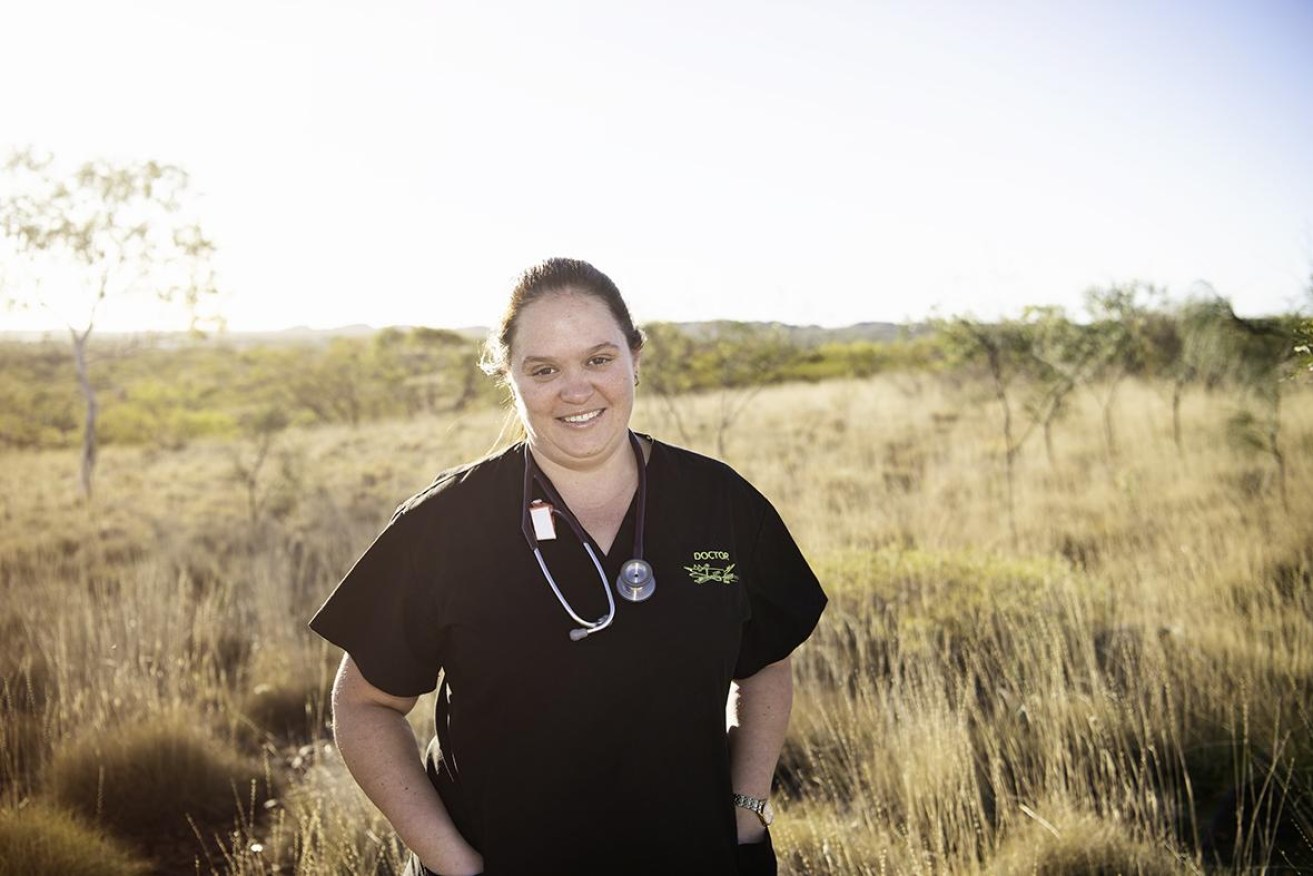Special report: Part 2 – Building a new class of rural doctor
After city-based models of health care were identified as grossly inadequate for rural patients in Queensland, it was time for medical professionals to collaborate and assemble an unrivalled rural health workforce for the 21st century. Part two of our special report on rural health continues.


In the early years of the new millennium, rural health in Queensland was arguably at its lowest ebb.
As detailed in part one of this series yesterday, doctors in all corners of the state outside Brisbane and major regional centres had struggled for years on comparatively lower pay rates, excessive hours, intolerable patient demands, chronic staff shortages, significant training gaps, and ad hoc workforce planning that often saw junior doctors working in isolated hospitals without proper supervision and support.
While it is near impossible to calculate how many adverse outcomes may have resulted from such a febrile environment, it is certain that mistakes were made and patients were at risk from a system riddled with cracks held together by a veneer of successive government patch-ups to placate noises of unrest from the bush.
Corporate Australia was also adding to the shambles. In 2002, Australia’s largest insurer HIH collapsed plunging doctors into the medical indemnity crisis that sent premiums for specialised services skyrocketing. Many doctors, who once had obstetrics in their scope of practice, abandoned delivering babies.
A slew of rural maternity units across the state were shut almost overnight, forcing women to have their babies in hospitals miles from their communities and sometimes on the sides of remote highways. Maternity unit closures also put other medical services into mothballs, threatening the continued viability of some towns as key service centres to surrounding districts.
In 2005 the worst fears of doctors were realised when the Jayant “Dr Death” Patel story broke, detailing a massive vetting failure by Queensland Health in 2003 that allowed the overseas doctor – banned from operating in the US for medical negligence – to be appointed as director of surgery at Bundaberg Hospital.
It would later be revealed that concerns about Patel’s competency from hospital staff to Queensland Health were ignored during the two years of his tenure. Patel was eventually convicted and jailed on three manslaughter charges and one of grievous bodily harm in 2010, later overturned on appeal, from his time at Bundaberg. In 2015 he was banned from practising medicine in Australia
Against this emotionally supercharged backdrop, medical stakeholders and key government decision-makers met in Roma in October 2005 to hammer out the details of a specialised rural generalist career pathway in a bid to assemble a sustainable, purpose-built medical workforce for rural Queensland.
To this day it is still referred to as the Roma Agreement, first endorsed by then-health minister Stephen Robertson in the Beattie Labor government.
The LNP’s Lawrence Springborg is considered the agreement’s next big champion during the term of the Newman government, before being elevated further by the current Labor minister Steven Miles, proving that the best ideas transcend partisan politics.
Realising the dream
Amid the countless hours of debating, negotiating and advocating for a rural generalist specialty has been Emerald GP and obstetrician Dr Ewen McPhee.
As the current president of the Australian College of Rural and Remote Medicine, it was something akin to poetic justice that he was in Canberra last Wednesday to hear the announcement of the Morrison Government’s significant financial pledge to back the rural generalist model nationally.

Dr Ewen McPhee
A quietly spoken, humble man, McPhee stands as a giant among his rural health colleagues, a highly sought-after speaker as an internationally recognised world expert on rural and remote health, who is always quick to acknowledge and praise the actions of others.
“I would say this is realising a dream that I’ve had for a very long time, dating back to my earliest days with RDAQ [Rural Doctors Association of Queensland] – to articulate what rural practice looks like and to support rural clinicians,” he said.
“This is a unique time and to be honest we now lead the world in rural and remote health care. We still have our challenges – rural Australians on average have shorter life expectancy and more chronic disease and poorer health outcomes than their city counterparts – and it’s even worse in our Aboriginal and Torres Strait Islander communities.
“But we’re reopening rural maternity units and we are challenging the urban-centric medical specialist view of what quality, highly functioning health care looks like when delivered in a safe and sustainable way in our rural and remote communities.”
McPhee, says the push to win federal government endorsement for the rural generalist pathway, has been a national effort.
Others single out NSW, South Australia and Tasmania as highly active advocates, but nearly all agree Queensland remains the epicentre and key driver of the movement, propelling in the last decade successive doctors into the presidency of the Rural Doctors Association of Australia such as McPhee himself and Sheilagh Cronin, Cloncurry, Dennis Pashen, formerly of Kingaroy, Adam Coltzau, St George and current president John Hall, formerly of Oakey.
More doctors, new challenges
The rise in profile and status of the rural doctor, with a remuneration framework now to match, certainly won’t hurt either when it comes to attracting more bright minds to the field.
The next challenge will be finding the suitably qualified and experienced doctors to provide supervision and on-the-job training when all those eager fresh faces take up their rural posts.
As an unfortunate legacy from the lean years when rural doctoring held little appeal and status, the sector now has an appreciable gap of doctors in the 40 to 60 age group, regarded as the time when doctors reach peak skills and experience.
There is a surge of junior doctors in the pipeline wanting to have their first crack at a rural career, but most of the older, wiser heads are now nearing retirement. Some might argue it’s a “nice problem” to have, but it will require new and innovative approaches to workforce planning.
According to Dean of Medicine and Dentistry at James Cook University, Professor Richard Murray, the young doctor pipeline is about to get even bigger.
The Townsville based university produced 58 doctors in its first graduating medical class of 2005. Since then the campus has turned out nearly 1800 medical graduates, with 1000 still working in rural locations.
Murray, who has formed the medical school as a key nursery for specially trained doctors suited to rural medicine, says the university’s selection process and curriculum have been aligned to the rural generalist concept since the school’s first day.

Professor Richard Murray, JCU, Townsville.
While JCU looks for intelligent minds who can handle the content, it also emphasises emotional intelligence and interpersonal skills over book-smart genius, confirming the old adage that it’s near impossible to teach common sense.
“We’ve aligned what we teach to everything we know from here in Australia and from around the world about what it takes to produce a rural doctor,” Murray said.
“Seventy per cent of our students already come from rural backgrounds with lived experiences. It’s a very grassroots, rural-flavoured intake.
“And that’s been increasing over time and now we’re attracting people from the city who want to go rural specifically. We anticipate this demand will only continue to grow. That’s good news for medical workforce, but even better news for rural people generally.”












